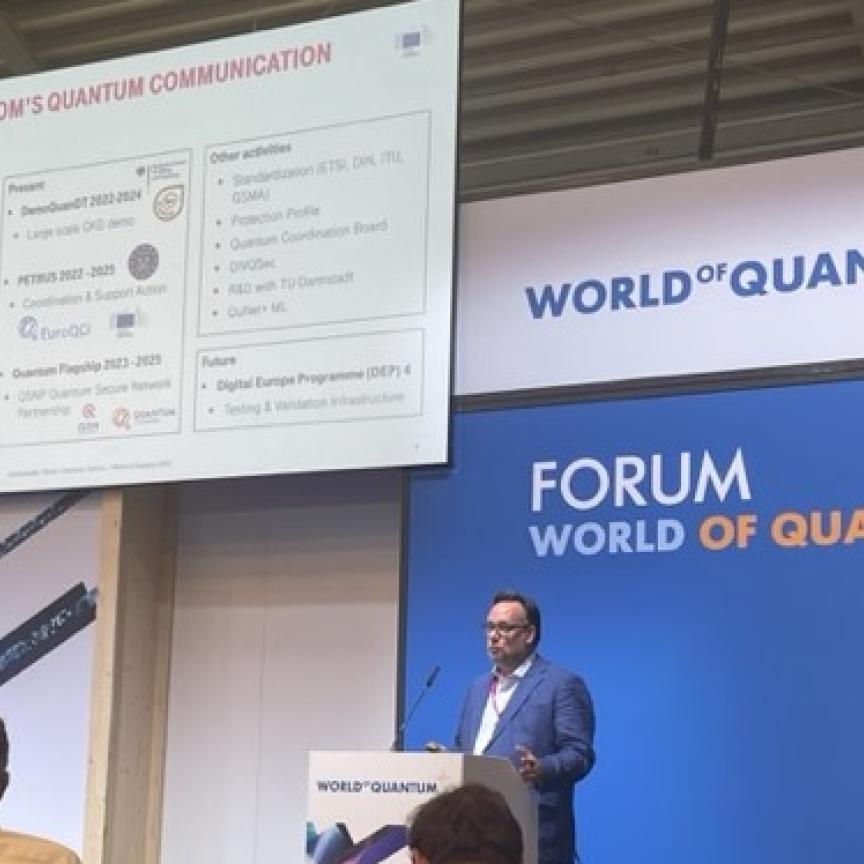BT has used G.fast technology to deliver a cloud radio access network (C–RAN) cellular network service over copper. The UK operator partnered with US-based semiconductor manufacturer Cavium for the trial, which took places at BT Labs at Adastral Park in Ipswich.
C–RAN is a new network architecture where cellular radio equipment is physically separated from the baseband equipment, allowing data processing resources to be centralised. This approach promises to allow mobile operators to scale their networks more cost effectively (see Mobile fronthaul: a new optical opportunity).
A typical approach to C–RAN requires a dedicated fibre link to connect transmitters at the top of a cell tower to complex signal-processing equipment deeper in the network via a CPRI (Common Packet Radio Interface) link.
Containing digitised analogue radio signals, CPRI has very high data rate requirements from 614Mb/s to 12Gb/s. Such links can involve complex and costly engineering work if no fibre is present in the ground to carry the signal.
BT and Cavium took a different approach that allowed them to reduce the bit rate requirements, by pairing Cavium’s Octeon Fusion-M ‘base station on a chip’ with G.fast technology capable of speeds of 150 – 200Mb/s.
To enable this, they changed the split between the base station functions, adding the physical layer (PHY) function to the remote site, explained Raj Singh, general manager of Cavium’s wireless broadband group.
By providing a far more economical fronthaul connection between the base station and the mobile operators’ core network, a C–RAN service delivered over G.fast could remove the need to use fibre, which would significantly lower the cost of deployment for mobile operators building out 4G networks today and 5G architectures in the future, according to BT.
Dr Tim Whitley, managing director for research and innovation at BT said: “Using G.fast to deliver a cellular network is an exciting breakthrough for C–RAN and yet another world first for our team of researchers at Adastral Park.
“These technologies will play a key role in 4G networks and will be fundamental to 5G architectures. The trials are another step towards a fixed and mobile network which will support customers’ increasing demands for data.”
As well as exploring the role that G.fast may play in helping operators to roll out their 4G/5G networks, BT’s Openreach network division is trialling G.fast as an access technology in Huntingdon and Gosforth, alongside a further BT technical trial in Swansea.
Thanks to promising results in these trials, BT now believes it can use G.fast to build on its fibre-to-the-cabinet (FTTC) roll-out, bring ultrafast speeds to a wide footprint far more rapidly (see BT puts G.fast at heart of its broadband strategy).
The C-RAN trial with Cavium indicates how BT might also use its access network to serve many new mobile cell sites as the operator renews its interest in the mobile market. The competition authority recently gave the green light to BT’s £12.5 billion takeover of the UK’s largest mobile network operator, EE.

